Today we got a close-up look at Blue Heron Slough, a project restoring 353 acres of Snohomish River estuary habitat between Everett and Marysville. You can see the project from the flats along northbound I-5 to the east of the freeway. Most recently Biringer Farms grew strawberries on a portion of the land. This year, on August 9th two of the four dikes that were built in the early 1900s to convert the wetlands to farmland were breached. Here’s a video provided by the Port of Everett to show that process.
Today partners in the project including the Tulalip Tribes, Snohomish County, Port of Everett, Wildlands, State and Federal officials and many more gathered at the site to mark the last steps of the project which include two more breaches of the dikes. Here’s more about the project from the Port of Everett and some MyEverettNews.com photos from today.
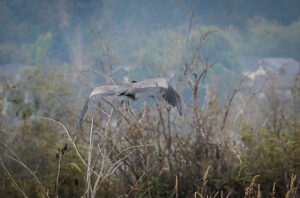
During today’s event a blue heron actually flew over as speakers talked about the preservation efforts.
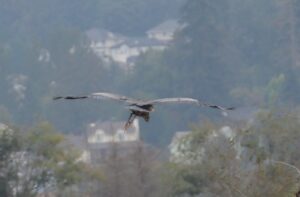
The area will be a protected habitat to ducks, geese, swan and many other resident and migratory birds including its namesake, great blue heron.
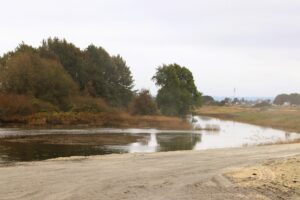
This has been a more than 30 year project to restore habitat for salmon and bull trout among many other species.
The final phase of restoration began in August as Wildlands and contractor Dungeness coordinated a controlled breach process to remove sections of the old agricultural dike from North Spencer Island, which had been diked and drained for agriculture in the early 1900s, to allow for the return of Snohomish River water and restore a significant portion of the estuary.
Two of the four planned dike sections have been breached, with the remaining two to take place over the next few weeks during low tides. Water flows into the site with each successive breach and is currently flowing in and out of the site during the tide cycles. Earthwork is expected to be completed in October.
Wildlands, the Port’s partner in the project, designed and permitted the restoration project and then retained Dungeness to implement the design which includes a mosaic of meandering channels, marshes, mudflats, and riparian areas reconnected to river and tidal influences.
“Blue Heron Slough is a legacy project for all who have worked for decades to see it through to completion,” said Mark Heintz, CEO of Wildlands. “It is breathtaking to witness the result of decades of work culminate in the return of tidal waters, and with it the return of salmon and bull trout, to this once degraded land. It will be a privilege to watch as the habitat develops, and fish and wildlife return to their new permanently protected habitat.”
The Port acquired the land now known as Blue Heron Slough, a property on north Spencer Island, in 1993. The 2005 Snohomish River Basin Salmon Conservation Plan identifies the Blue Heron Slough as key to salmon recovery, which will also benefit resident orcas in Puget Sound.
In 2019, the Port came to an agreement with the Port Gardner Bay Trustees to construct the project. The Port Gardner Bay Trustees are comprised of the Tulalip Tribes, Suquamish Tribe, U.S. Department of Interior, U.S. Fish and Wildlife Service, U.S. Department of Commerce, National Oceanic and Atmospheric Administration, and the Washington State Department of Ecology. A portion of the site was dedicated to the agreement with the Trustees through a Consent Decree.
Blue Heron Slough is under a conservation easement held by the Tulalip Tribes, which will protect this land for conservation purposes in perpetuity. The estuary is a NOAA certified environmental conservation credit bank, and has a pending wetland bank accreditation (approval expected in 2023). The Blue Heron Slough Project aims to create a balance between our region’s economic development, while increasing the health of critically important wetland and wildlife habitat to provide benefits now and for future generations.

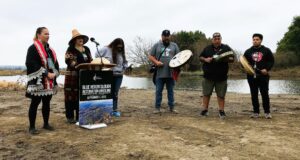
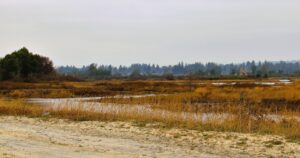
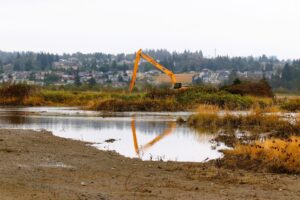
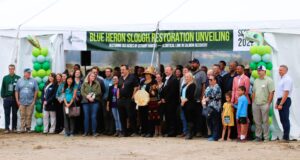
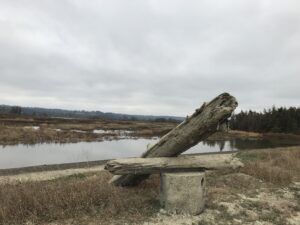



September 1, 2022
Everett, Everett Government